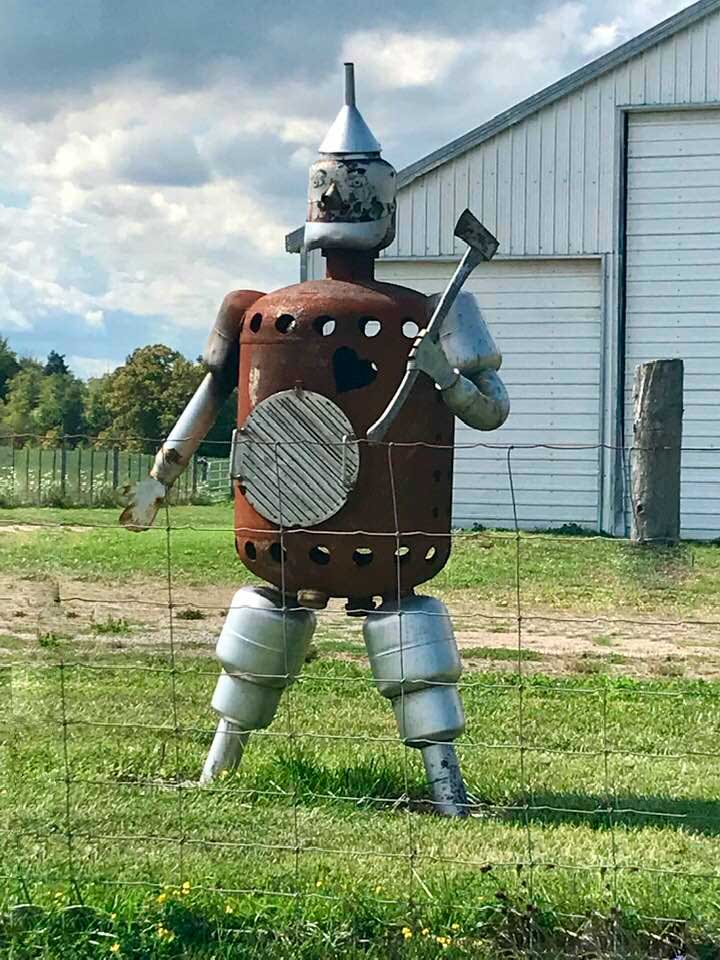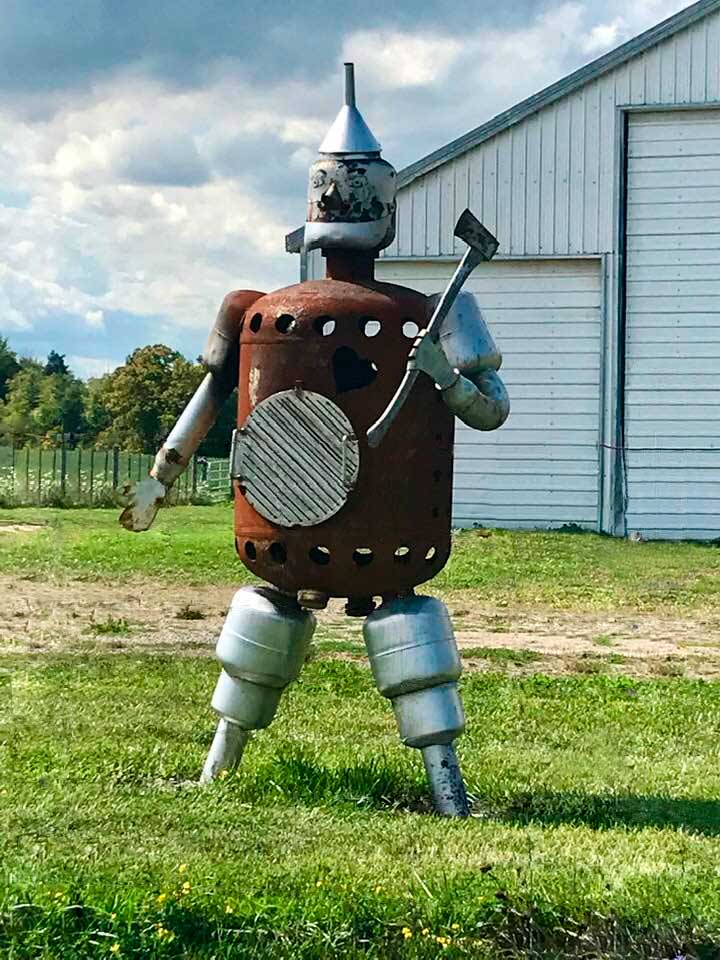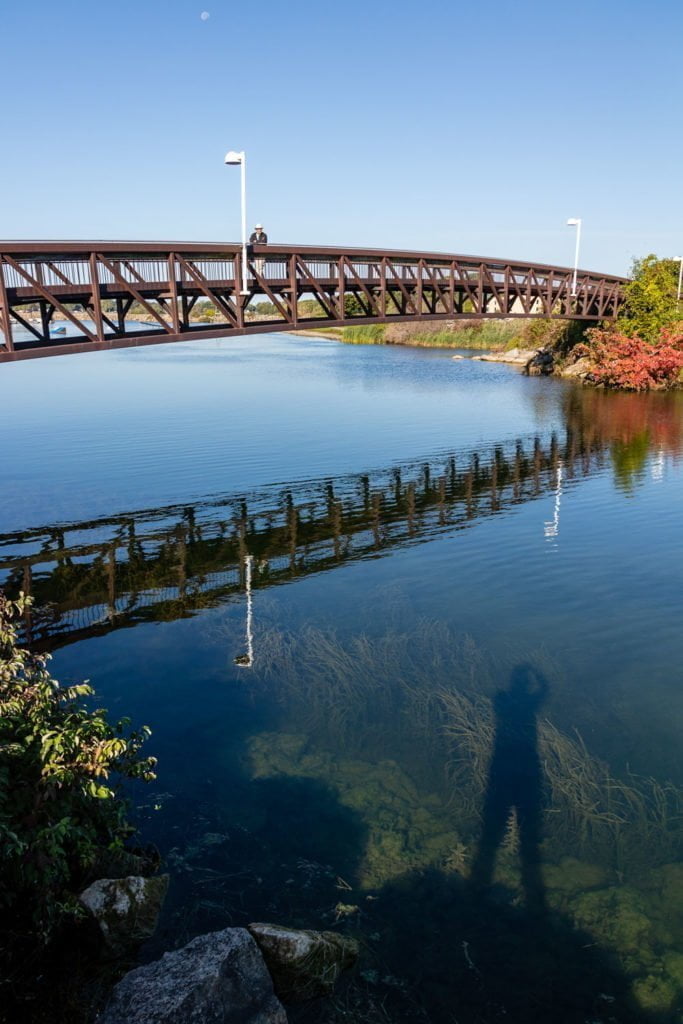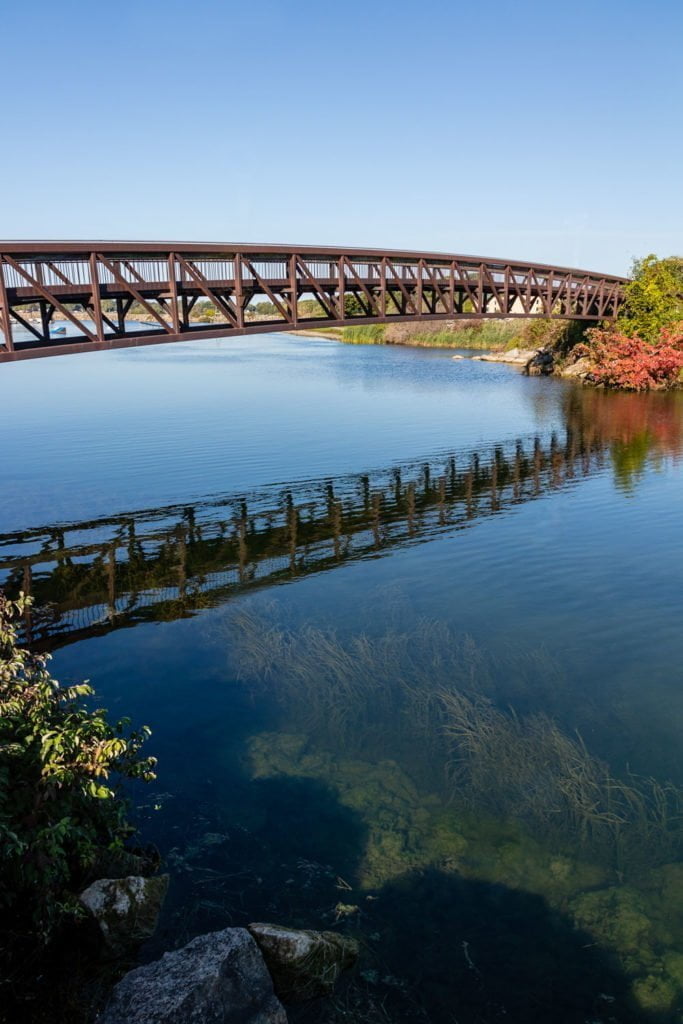I know a lot of people, many of them photographers. I’ve lost count of the times a conversation went along the lines of “I couldn’t take the photo because <insert perfectly valid reason here>”.
I understand the frustration. Been there. Done that. There is always a reason to not take the photo. But on the other hand, there is always a reason to take it. It may be the only chance to get that particular memory. You, or circumstance, may never pass that way again.
“Someone was always in the way”
To me, better an imperfect photo than no photo at all. First day at school. Elderly parents. Military postings. Pets. Photo albums are as full of bad photos as they are of empty pages stared at wistfully where a photo should be. Take the photo. Missed memories, never captured, fade or are forgotten.
“Those pylons and power lines killed that sunrise for me”
Purists and perfectionists are driven to ‘get it right in camera’, and I respect that. They can wait for hours to press the shutter button on a landscape. I’ve heard tales of a return home without a single image. They drove, hiked, carried gear and… nothing. They didn’t take the photo. I think that’s nuts.
“Beautiful setting, except for that dumpster”
Beyond that, it isn’t always possible to get it right in camera. It just isn’t. See Tin Man. Also, I want to say that photography is as much art as science. Even the legendary Ansel Adams (look him up if you need to) acknowledged that. In the darkroom he would dodge and burn and create multiple exposure composites until he got the image he wanted. He pushed the boundaries of the art using the technology of his time. He experimented. He always took the shot. Not all of them came out as intended, but he always took the shot. His secret? He only released the good stuff.
“Beautiful couple, but he had a lamp post growing out of his head”.
Good or bad, I plan all my shots. Not just for composition, balance, light, etc., but edits. If I see something I want to shoot and it’s clear this will be my best (or only) chance, I scan the scene to work out what edits will be needed. And I take the shot.
This lets me shoot for the image I see in my head, not what is in front of me. That allows a lot of freedom. In this scenario, there are no dumpsters. I see no power lines or extraneous people. Just a clean, final image I can be happy with.
In short: For gathering an imperfect memory, there are cameras.
For everything else, there is Photoshop.
Tin Man
I’m going to cite a couple of actual, real-world examples, starting with Tin Man here.
My wife is a big fan of the Wizard of Oz. On one of our regular exploration trips around the region we passed a unique photo opportunity as we drove by a farm. They had lovingly recreated the woodcutter complete with axe, standing guard just behind a chicken wire fence. The operative word here is ‘fence’. No amount of waiting was going to remove that fence. Photoshop was.

Tin Man was on my wife’s side. I backed up, pulled alongside, and told her to take the photo on her cell. She did. Never even left the car. And on we drove. Memory stored. It’s that simple.
Back home, I spent 15 minutes in Photoshop with the Clone Stamp, Patch, Healing Brush and a couple other tools to remove the fence. Done. An image that couldn’t ever have been ‘get it right in camera’ was made. The original looked good. It looks better now. We think so, and hey, it’s our memory.

The Bridge
Here is another example that shows that you don’t always have to wait for a perfect moment.
I loved the time of day and framing of this shot. This, I thought, is ideal for a stock photo. So I walked over to check it out. When I got in position, another photographer was already there. We exchanged pleasantries and he told me he had been waiting for the man on the bridge to leave for over ten minutes. That man showed no signs of leaving. He was clearly taking a moment to enjoy the view. This was beginning to frustrate my temporary companion, who kindly pointed out with a poorly-concealed smirk that I was casting a shadow across the water; clearly, I was new at this.

I smiled politely, framed my shot, and took the photo. Smiling again, I left. Ten seconds.
In Photoshop, over a coffee, I used the same tools used on Tin Man to remove two lampposts, the man, their reflections, my own shadow, and (in case you missed it) the overhead moon.
The resulting final image is cleaner, more pleasing to the eye, and served my needs perfectly. It’s on the Adobe Stock web site now, earning money. I smile once more when I imagine my camera companion still waiting impatiently by the bridge, in rapidly fading light, for that man on the bridge to move, long after I had returned home and finished my edits. I got some Photoshop practice today and had fun doing it. I don’t smirk at others. But I am still smiling.

The Photo Finish
What does this all mean? Some think editing photos at all is cheating. That it is impure, degrades photography and the creative arts. I respect their views. I do not fully share them.
Creativity goes beyond the click of the camera. If you shoot JPG the camera makes it’s own image optimizations to every shot you take. You can’t turn that off. RAW shooters like myself get images into the computer and heavily edit to taste: White balance. Exposure. Contrast. Saturation. Dodge and Burn. Light leaks, vignettes, Instagram looks… Nothing. Nothing, is ‘straight out of camera’.
Photoshop or any other editing tool are simply practical creative ways to get the results you need, without having to hang around a bridge for several hours having a thoroughly miserable time. You can take out (or add) whatever you don’t want. Fix things, if they need to be fixed. Get the shot.
How deep you go down that rabbit hole is limited only by patience and available time, and at least for me, the satisfaction when it is done often far exceeds the joy of getting even a great photo. I didn’t just point and click. I made this. The world is now as it should be. I made that happen.
Photos are tricky. Some are great. Some terrible. Not every shot can be saved, nor should they be. You can’t always shoot to a plan. Sometimes, a quick snap will always stay a quick snap. That’s fine.
Whatever the situation at the very least you will have have that memory to share. Even if you can’t fix it, whether it’s blurry, or someone jumped into the photograph thinking it was funny… don’t let perfection get in the way.
An image doesn’t have to be perfect. It just has to be.
The important thing to remember, in every circumstance, is this: Take the shot, already.
